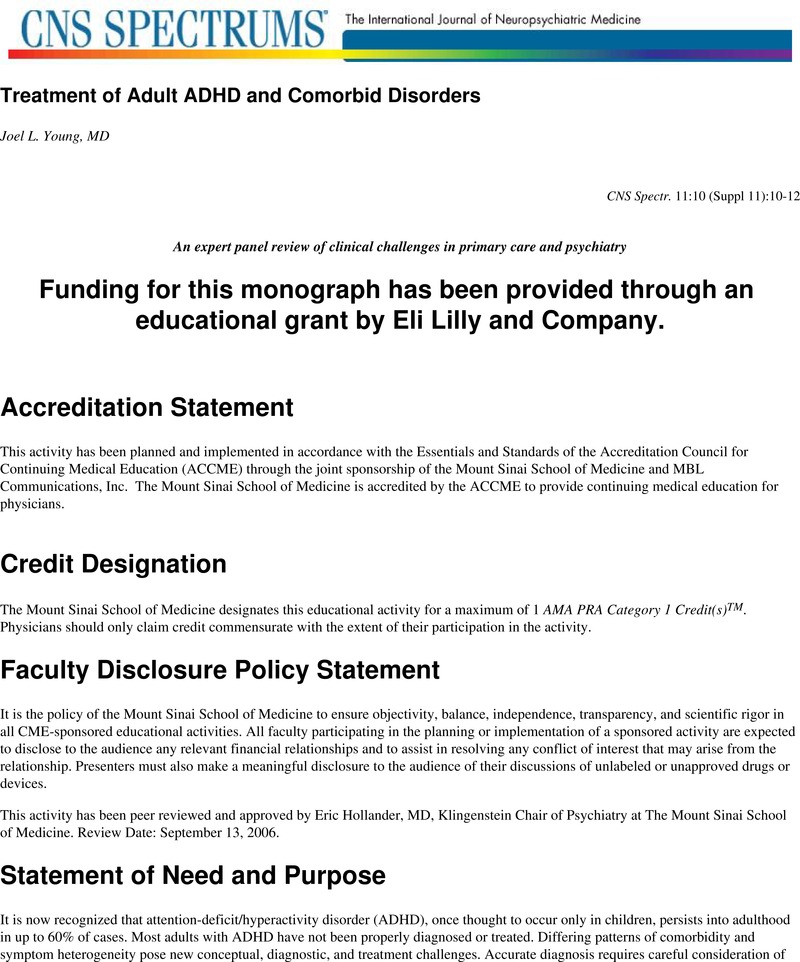Crossref Citations
This article has been cited by the following publications. This list is generated based on data provided by Crossref.
Verbeeck, Wim
Bekkering, Geertruida E
and
Van den Noortgate, Wim
2011.
Bupropion for Attention Deficit Hyperactivity Disorder (ADHD) in adults.
Cochrane Database of Systematic Reviews,
Verbeeck, Wim
Bekkering, Geertruida E
Van den Noortgate, Wim
and
Kramers, Cornelis
2017.
Bupropion for attention deficit hyperactivity disorder (ADHD) in adults.
Cochrane Database of Systematic Reviews,
Vol. 2017,
Issue. 10,



